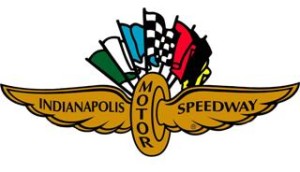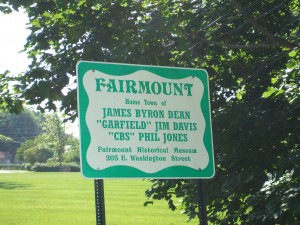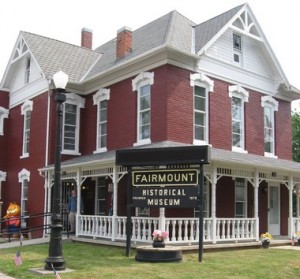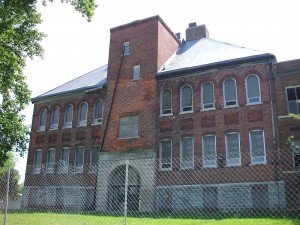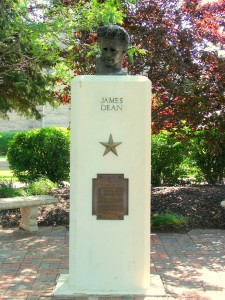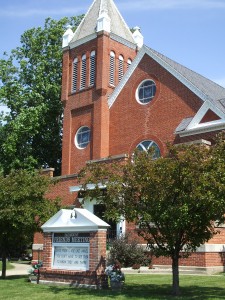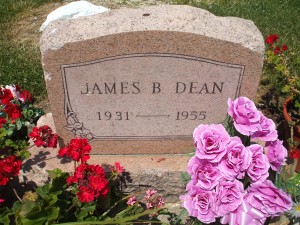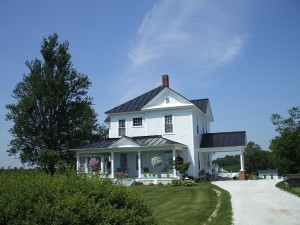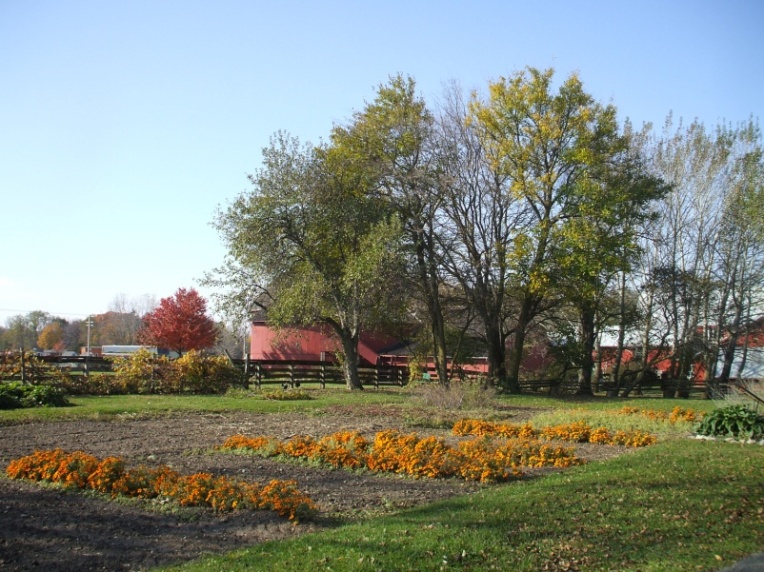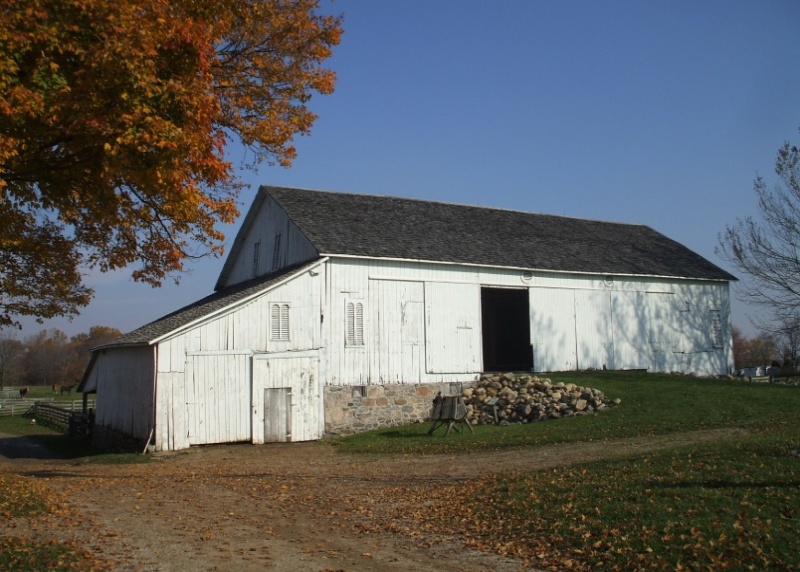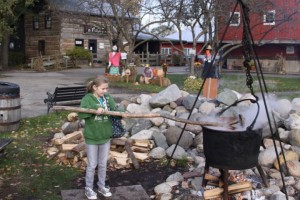If you have read any of the previous Travel posts on my blog, you know that our family loves weekend car trips and when we moved to Indiana several years ago we had a list of things to see and do in our new home state. The famous Indianapolis Motor Speedway was on that list and we decided to plan a visit. In this post I will discuss the history of the Indianapolis 500 car race and what to see if you plan a visit to the Hall of Fall Museum that is on the grounds of the Indianapolis Motor Speedway.
The Indianapolis 500 is an annual car race which takes place at the Indianapolis Motor Speedway in Indiana and it is held during Memorial Day weekend, normally the last weekend in May. The Indianapolis Motor Speedway was built in 1909, the 2.5 mile oval track and is run with 200 laps counterclockwise around the track for a total distance of 500 miles. After several fatal accidents were caused by defects in the gravel and tar racetrack, improvements were soon made during that first year to allow for a better and move even surface for the car races and 3.2 million bricks were used to repave the racetrack (which is why the track was originally known as the Brickyard) and a concrete wall as added around the track for the safety of the race car drivers and the spectators.
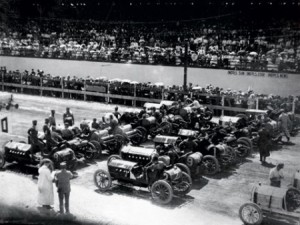
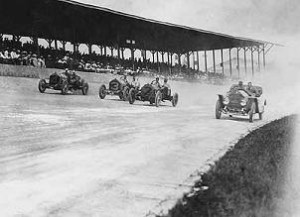
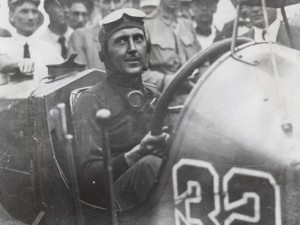
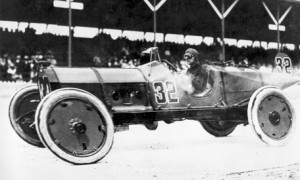
The first Indianapolis 500 race was held on May 30, 1911 with 80,000 spectators in attendance and a substantial prize of $25,000 was won by Ray Harroun who drove a Marmon Model Wasp racer that was outfitted with his new invention, a rear view mirror. This was a very controversial win and Harroun was considered a safety hazard on the track because at the time drivers rode with their mechanics in the car to check the car’s oil pressure and other car functions but most importantly they were there to constantly let the driver know about the position of the other cars on the track. In 1912 a riding mechanic was made a race requirement, this was eventually eliminated as car safety standards improved. By 1935, hard crash helmets were made mandatory for the race and a yellow light system was devised to caution drivers to slow down in the case of debris on the track or stopped cars or accidents.
After World War II, the Speedway was in a severe state of disrepair and in danger of possibly being sold for a housing development. The Speedway was purchased by Tony Hulman, an Indiana businessman, in November 1945 for a reported $750,000. After major repairs and renovations were made to the racing facility the track opened in time for the 1946 race.
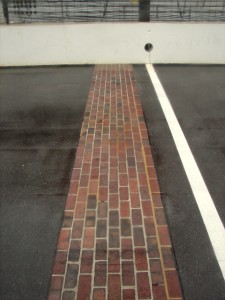 The Indianapolis 500 race continued to draw increasing larger crowds over the following years with the race events extending not only to race day but a weekend long festival that included entertainment. For safety reasons, the race field was now limited to only 33 cars. The cars speeds increased dramatically as the race cars were designed to be were lower to the ground and more streamlined instead of the larger and heavier roadsters used in the Speedway’s earlier races. By 1961, the remaining brick of the old track was paved over with asphalt except a three foot wide section at the start/finish line to preserve a small part of the history of the racetrack. In 1987, the Indianapolis Motor Speedway was designated a National Historic Landmark.
The Indianapolis 500 race continued to draw increasing larger crowds over the following years with the race events extending not only to race day but a weekend long festival that included entertainment. For safety reasons, the race field was now limited to only 33 cars. The cars speeds increased dramatically as the race cars were designed to be were lower to the ground and more streamlined instead of the larger and heavier roadsters used in the Speedway’s earlier races. By 1961, the remaining brick of the old track was paved over with asphalt except a three foot wide section at the start/finish line to preserve a small part of the history of the racetrack. In 1987, the Indianapolis Motor Speedway was designated a National Historic Landmark.
The Hall of Fame Museum
Located on at the grounds of Indianapolis Motor Speedway is the Hall of Fame Museum featuring exhibits explaining the automotive history of the racetrack and filled with numerous cars used in the Indianapolis 500 race. The original Hall of Fame Museum was built in 1956 where the current Speedway Administration Building is located but the museum’s collection of race memorabilia and vintage cars soon became too large and another facility was required.
A larger Hall of Fame Museum was built and opened in 1976. The building was 96,000 square feet which had 30,000 square feet of museum display space that includes a gift shop. Be sure to check out the 20 minute film which includes rare historic footage of the Indianapolis 500 race shown in the Tony Hulman Theater. Located adjacent to the museum are a small snack shop and nearby is the departure point for the bus tours of the 2.5 mile oval racetrack.
Listed below are some of the interesting items which are displayed at the museum –
- Over 75 vehicles are on display including the Marmon “Wasp” which was used by Ray Harroun to win the first Indianapolis 500 race in 1911.
- Several cars driven by A.J. Foyt Jr. including his 1977 car used to win his fourth Indianapolis 500 record-setting win.
- The Duesenberg #12 Murphy Special, the only car used to win both the French Grand Prix at Le Mans in 1921 and the Indianapolis 500 in 1922.
- The #8 Cummins Diesel Special used by Dale Evans in 1931, the only car to complete the Indianapolis 500 race without a pit stop.
- The Borg-Warner Trophy, which honors the winner of each of the Indianapolis 500 race.
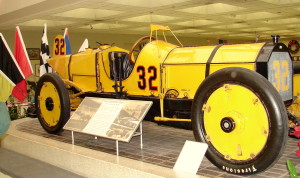
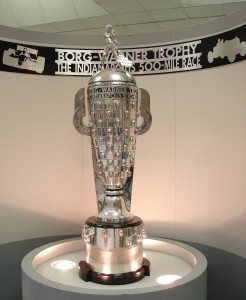
For more information regarding price and hours for the Indianapolis Motor Speedway Hall of Fame Museum please see their website, www.indianapolismotorspeedway.com.
Indianapolis 500 information and trivia
- The Indianapolis Speedway is an oval 2.5 mile racetrack. The basic layout of the track has changed little since the Speedway opened in 1909. The track has four straight sections, the front and back longer straights are 5/8th of a mile each and the shorter straights between Turns I & 2 and Turns 3 & 4 are an 1/8th of a mile each. Each of the four turns on the oval track are 1/4th of mile long and built at a 9 degree angle.
- After winning the 1936 race, Louis Meyer celebrated his win on Victory Lane by drinking some buttermilk. The executive of the Milk Foundation was so happy see it that he took advantage of the moment and a photograph appeared in the sports section of the newspaper the next day. He thought it was such a great way to advertise that, except for the period between 1947-55, the tradition of the winner of the Indianapolis 500 race drinking milk in celebration has continued ever since then.
- Three drivers have the Indianapolis 200 races four times. They are: A.J. Foyt in 1961, 1964, 1977. Al Unser in 1970, 1971, 1987. Rick Mears in 1979, 1988 1991.
- Five drivers have won the Indianapolis 500 race two consecutive times. They are: Wilbur Shaw in 1939 & 40, Mauri Rose in 1947 & 48, Bill Bukovich in 1953 & 54, Al Unser in 1970 & 71, Helio Castroneves in 2001 & 02.
- The youngest winner of the Indianapolis 500 is Troy Ruttman who was 22 years old when he won on May 30, 1952. The oldest winner is Al Unser who was 47 years old when he won on May 24, 1987.
- In the decades following the first Indianapolis 500, female participation was discouraged and essentially banned from competition and even female reporters were not allowed into the pit area until 1971. The female driver to qualify for the Indianapolis 500 race was Janet Guthrie in 1977. Sarah Fisher has the distinction of competing eight times. Danica Patrick led the 2005 race for 19 laps and again in 2011 for 10 laps. In 2009, Danica finished the race in third place, the best finish for a woman.
- Racecar drivers can be very superstitious, it is considered bad luck to enter and exit from the same side of the car and green cars are also considered bad luck.

